Frequently Asked Questions
1. What are the different types of blade shapes for pocket knives?
2. What materials are most pocket knife blades made from?
3. What is the advantage of a drop point blade?
4. How do the edge types of blades vary?
5. What factors should I consider when choosing a pocket knife?
When it comes to pocket knives, not all blades are created equal. In fact, the type of blade you choose can significantly impact your knife’s performance and functionality. Whether you’re a seasoned outdoorsman or a casual enthusiast, understanding the various blade types can help you select the perfect pocket knife for your needs. In this guide, we’ll explore the different blade shapes and materials, helping you navigate the confusing world of knife terminology.
Blade Shapes: Finding the Right Fit
The shape of a knife blade serves a specific purpose, enhancing its cutting performance for different tasks. Here are some of the most commonly found blade shapes in pocket knives:
Drop Point Blades
Drop point blades are versatile and popular among outdoor enthusiasts. Characterized by a convex curve that drops down from the spine to the tip, drop point blades offer a broad belly for slicing and a robust point for piercing.
- Pros: Great for general use, strong tip, and good control.
- Cons: Less ideal for precision tasks compared to other styles.
Clip Point Blades
Clip point blades are identifiable by their concave curve on the back, giving the blade a sharp point that is perfect for detailed work. These blades are excellent for tasks requiring precision.
- Pros: Sharp point, ideal for detail cutting and piercing.
- Cons: Less material near the tip may weaken it.
Spey Point Blades
The spey point blade is often found on traditional hunting knives. Featuring a curved edge with a blunt tip, it is typically used for skinning tasks.
- Pros: Safe for skinning without risk of perforating the hide.
- Cons: Not suited for piercing heavy materials.
Needle Point Blades
Needle point blades are designed for intense precision and detail work, with a long, slender tip. These blades excel at tasks that require accuracy, such as crafting or detailed cutting.
- Pros: Excellent for detailed tasks and piercing.
- Cons: Can be fragile due to the fine tip.
Blade Materials: The Foundation of Durability
The material of the blade plays a crucial role in its sharpness, strength, and maintenance. Let’s review some common materials used in pocket knives:
Stainless Steel
Stainless steel blades are popular for their corrosion resistance and relatively low maintenance. They're ideal for everyday carry pocket knives.
- Pros: Resistant to rust, easy to sharpen.
- Cons: Softer than other steel types, may require more frequent sharpening.
Carbon Steel
Carbon steel blades are known for their ability to hold a sharp edge for a long time. However, they require more care to prevent rust.
- Pros: Exceptional sharpness, easy to re-sharpen.
- Cons: High susceptibility to rust if not maintained properly.
Damascus Steel
Damascus steel is both beautiful and highly functional. Its unique pattern is created by layering different kinds of steel to enhance strength and edge retention.
- Pros: Aesthetically stunning, excellent edge retention.
- Cons: Care needed to prevent rust; can be expensive.
Surgical Steel
Known for its high corrosion resistance and ability to maintain sharpness, surgical steel is often used in professional blades.
- Pros: Very durable, high corrosion resistance.
- Cons: Can be heavy compared to other steels.
Blade Edges and Their Purpose
The edge of a blade is critical in defining its cutting ability. Here, we outline the main types of edges found in pocket knives:
Straight Edge
A straight edge blade offers the best cutting surface for slicing tasks. It is easy to maintain and sharpen.
- Pros: Perfect for slicing, simple to sharpen.
- Cons: Less effective for certain carving tasks.
Serrated Edge
A serrated edge has saw-like teeth that excel at cutting through tough materials like rope or bread. However, it’s more challenging to sharpen and maintain.
- Pros: Great for cutting through tough materials.
- Cons: Difficult to sharpen; limited functionality.
Partially Serrated Edge
Partially serrated blades feature a combination of straight and serrated edges, providing versatility for various tasks.
- Pros: Multi-functional capability.
- Cons: May not excel at any one function.
Understanding Blade Size: The Perfect Fit for Your Needs
Blade size is another important consideration when choosing pocket knives. The right size depends on how you intend to use your knife:
Small Blades (Under 3 Inches)
Small blades are perfect for everyday carry and light tasks such as opening packages or small boxes. They’re discreet and easily fit in a pocket.
- Pros: Lightweight and unobtrusive.
- Cons: Limited cutting power; not ideal for heavy-duty tasks.
Medium Blades (3 to 4 Inches)
Medium blades offer a balance of portability and functionality, suitable for general tasks like camping or outdoor activities.
- Pros: Versatile for various tasks, easier to control.
- Cons: May be larger than needed for everyday carry.
Large Blades (Over 4 Inches)
Large blades are designed for heavy-duty tasks, ideal for outdoor and survival activities. However, they may not be practical for everyday carry.
- Pros: Suitable for tough jobs; excellent cutting power.
- Cons: Bulkier and may raise legal concerns.
Choosing a Pocket Knife: Factors to Consider
When selecting a pocket knife, numerous factors come into play. Here are a few key aspects to keep in mind:
Intended Use
What will you be using your knife for? Whether it’s for camping, everyday carry, or collectibles, understanding your needs can guide your decision.
Legal Restrictions
Always check local laws regarding pocket knives. Blade length, type, and other restrictions may vary significantly by location.
Ergonomics and Comfort
A comfortable grip is essential, especially for prolonged use. Make sure the handle fits well in your hand.
Maintenance
Consider how much care you're willing to provide. Some materials require more maintenance than others, so choose what’s manageable for you.
Final Thoughts on Pocket Knife Selection
Understanding the diverse world of pocket knives—from blade shapes to materials and edges—empowers you to make informed decisions. By recognizing your personal needs and preferences, you can select the ideal knife that complements your lifestyle. Remember, a well-chosen pocket knife can enhance your outdoor adventures, assist in daily tasks, and serve as a reliable tool—even a stylish accessory. Whether you prefer the versatility of a drop point or the precision of a needle point, the right blade awaits you!


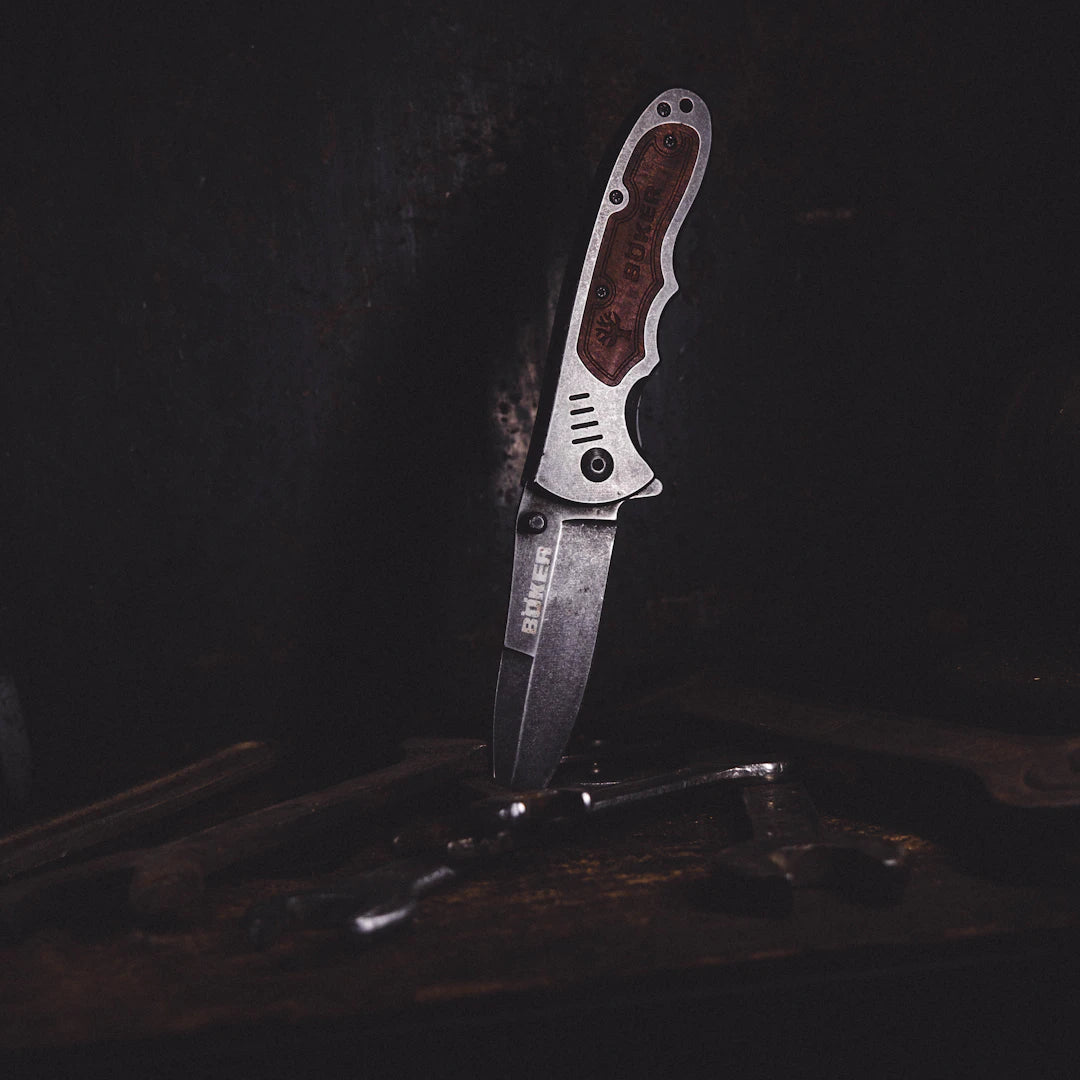



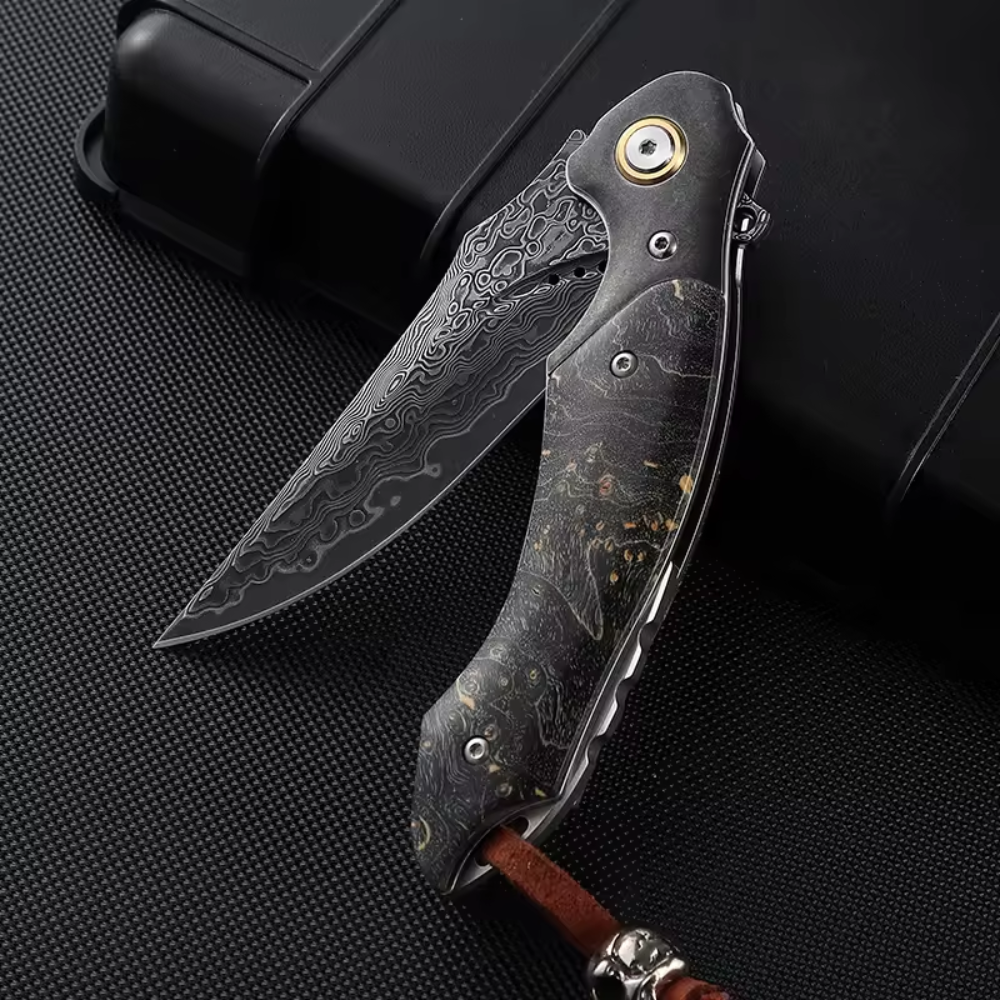
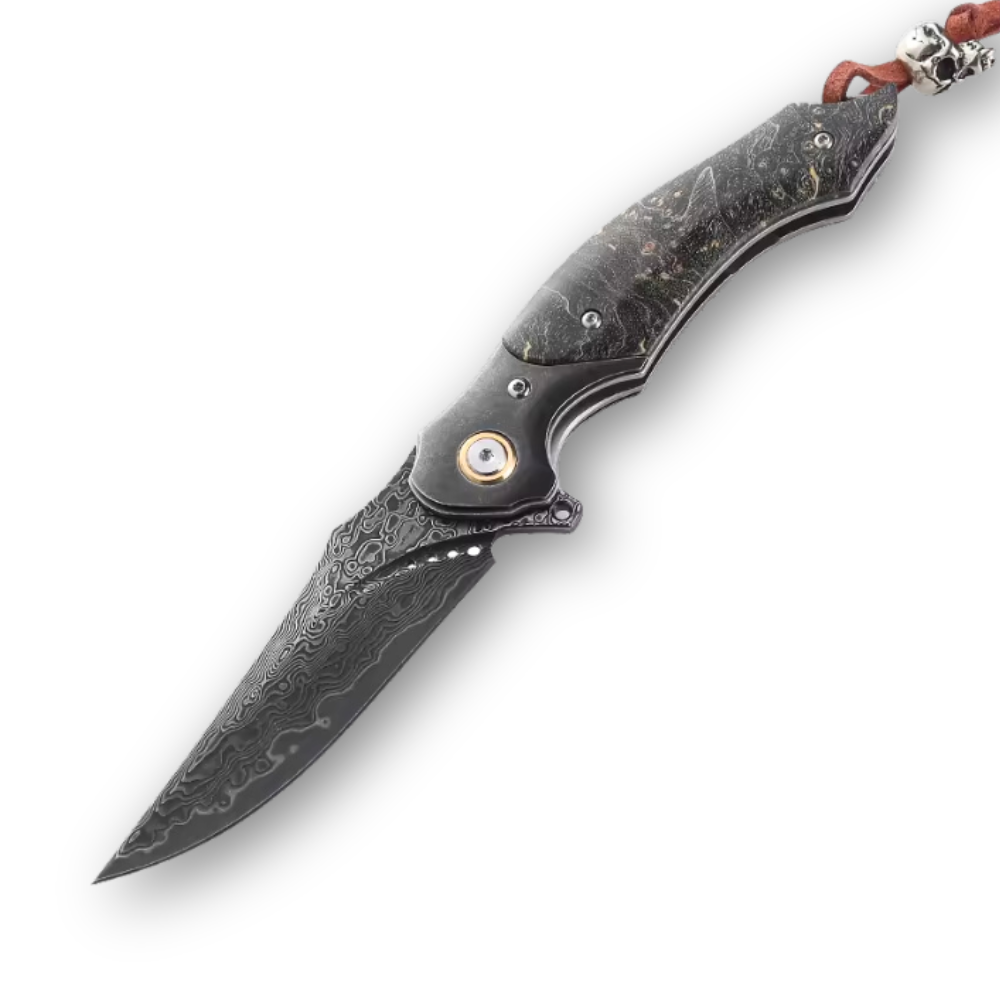
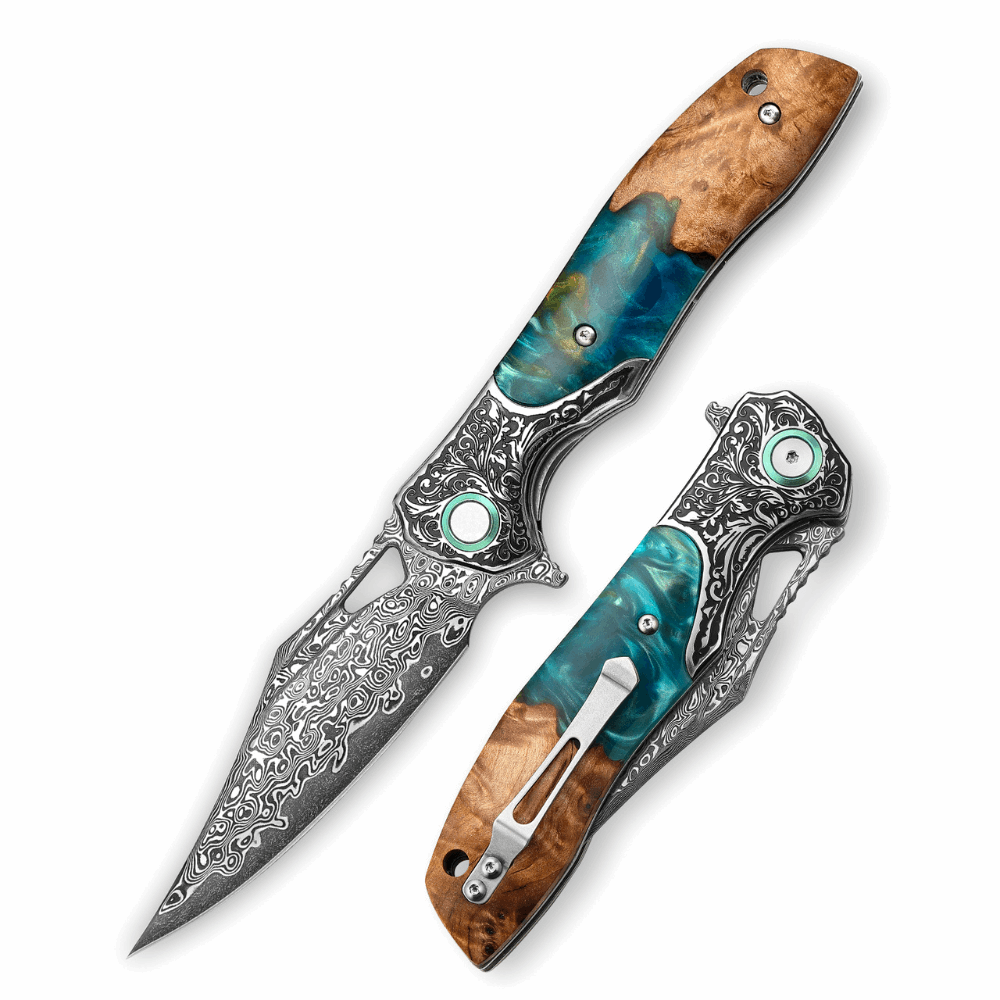
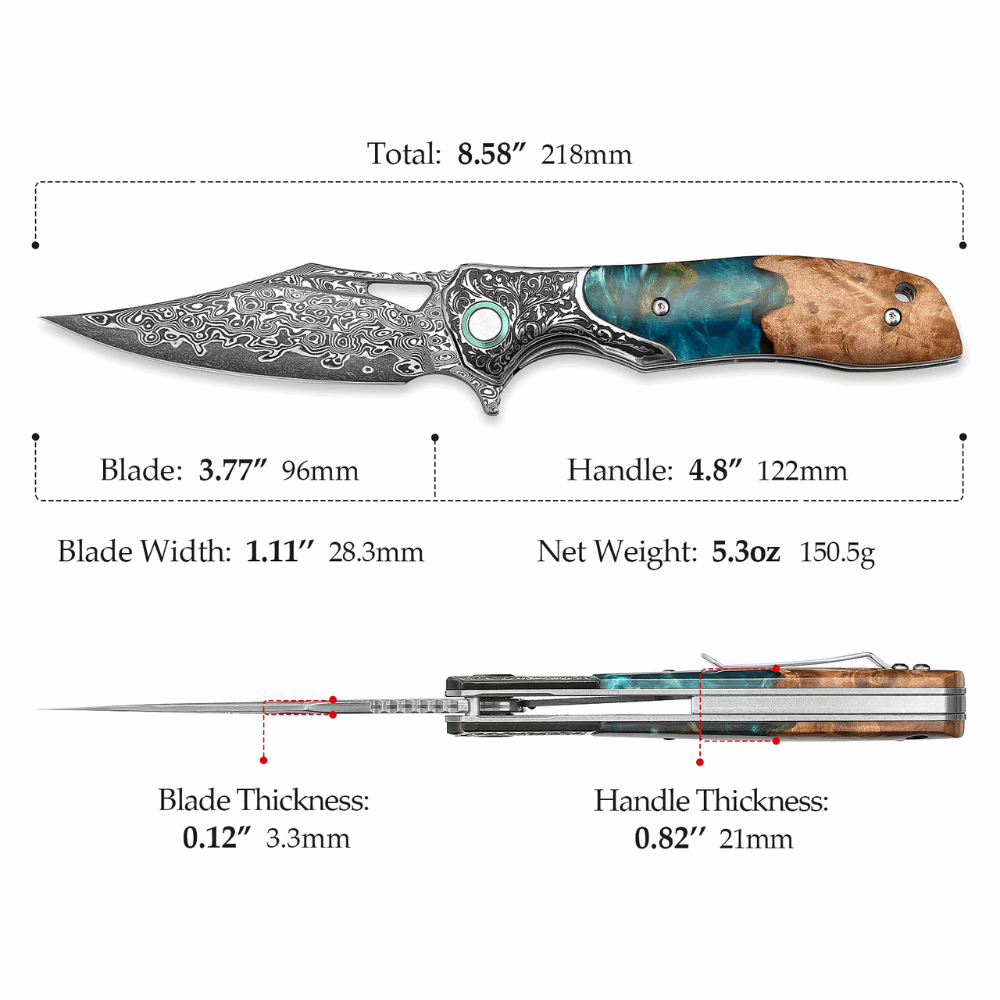
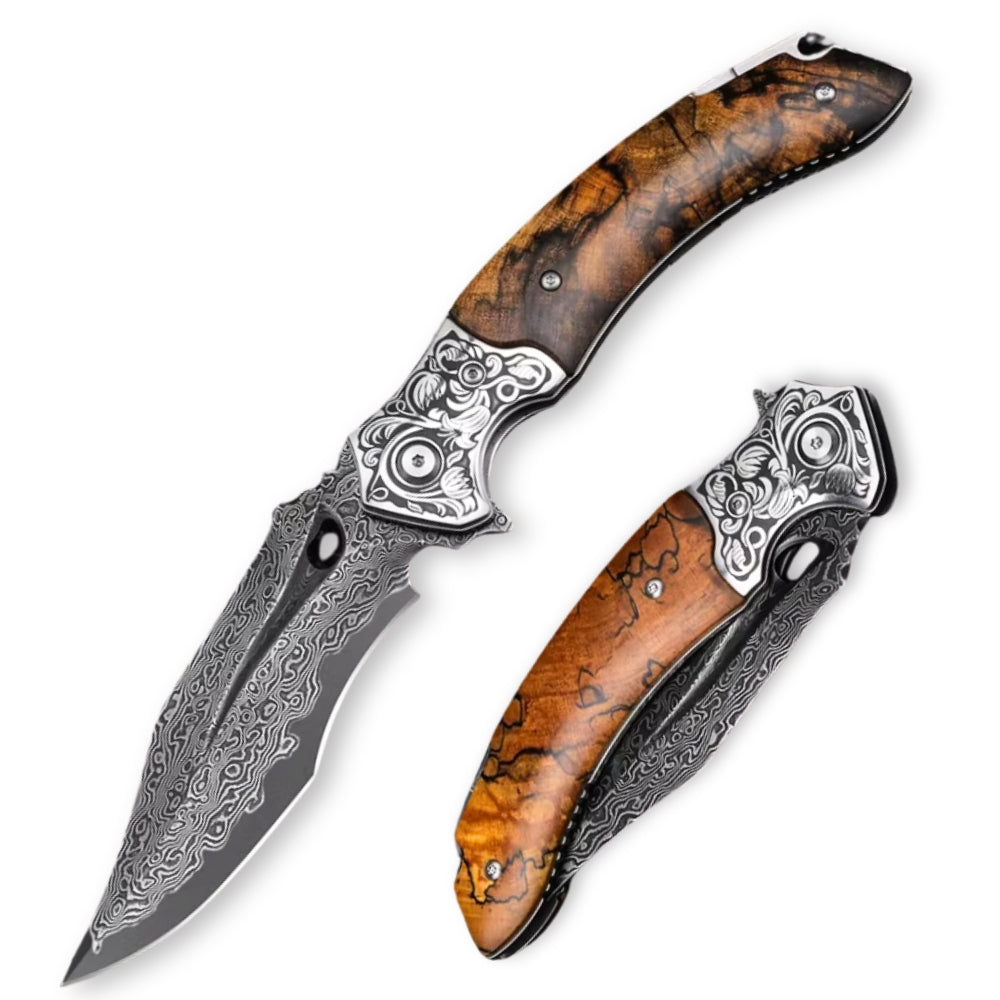
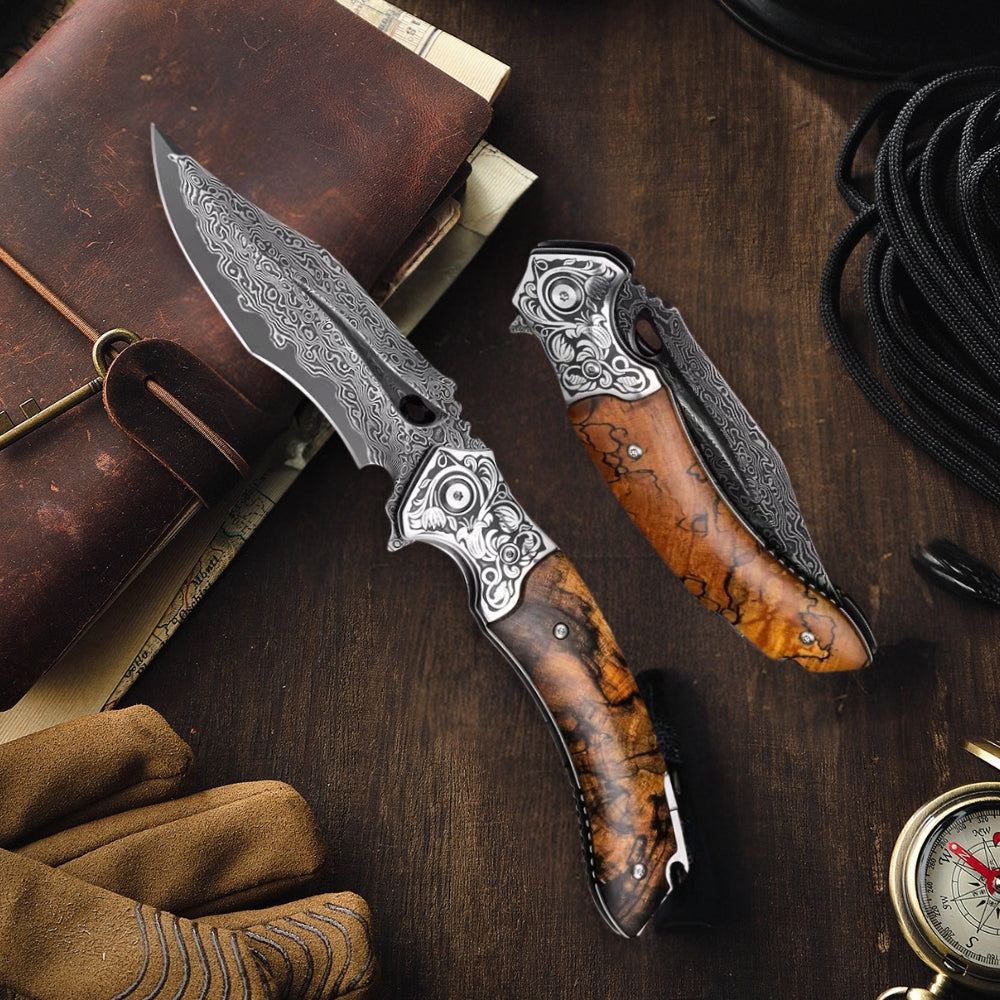
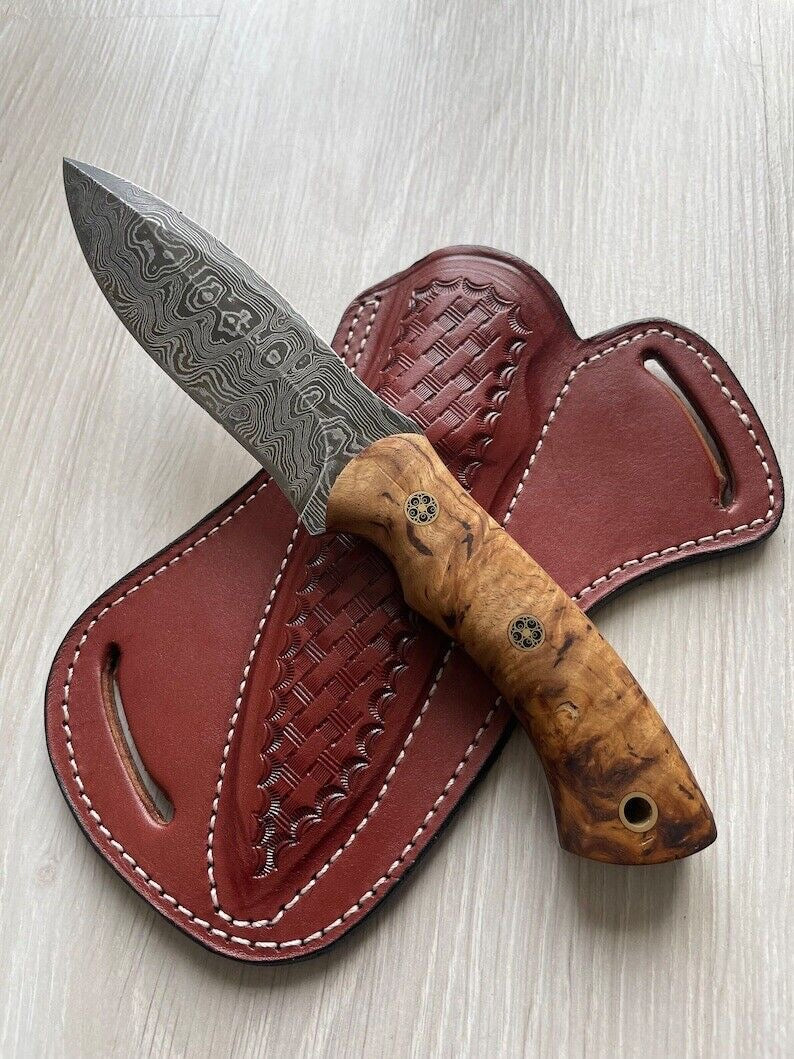
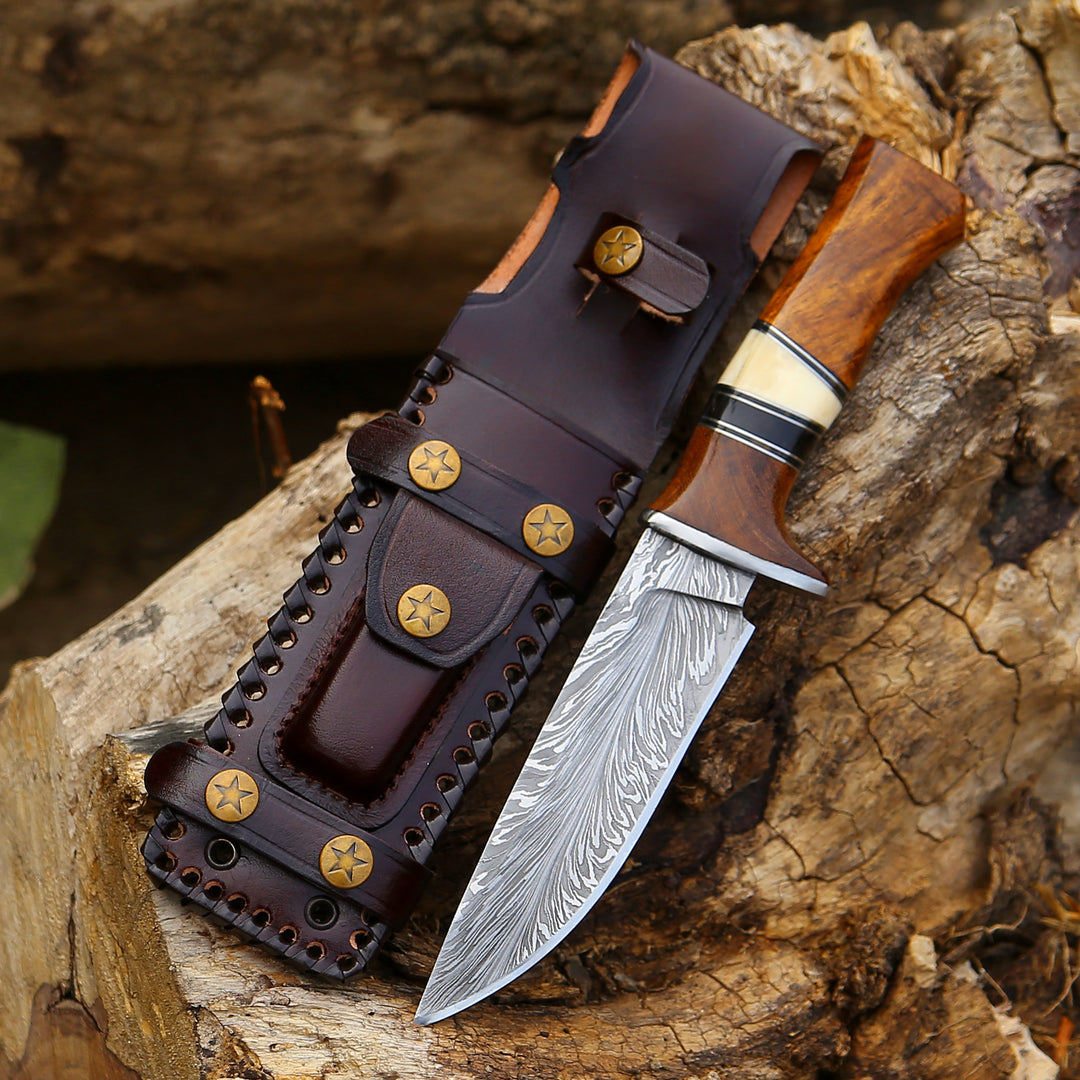
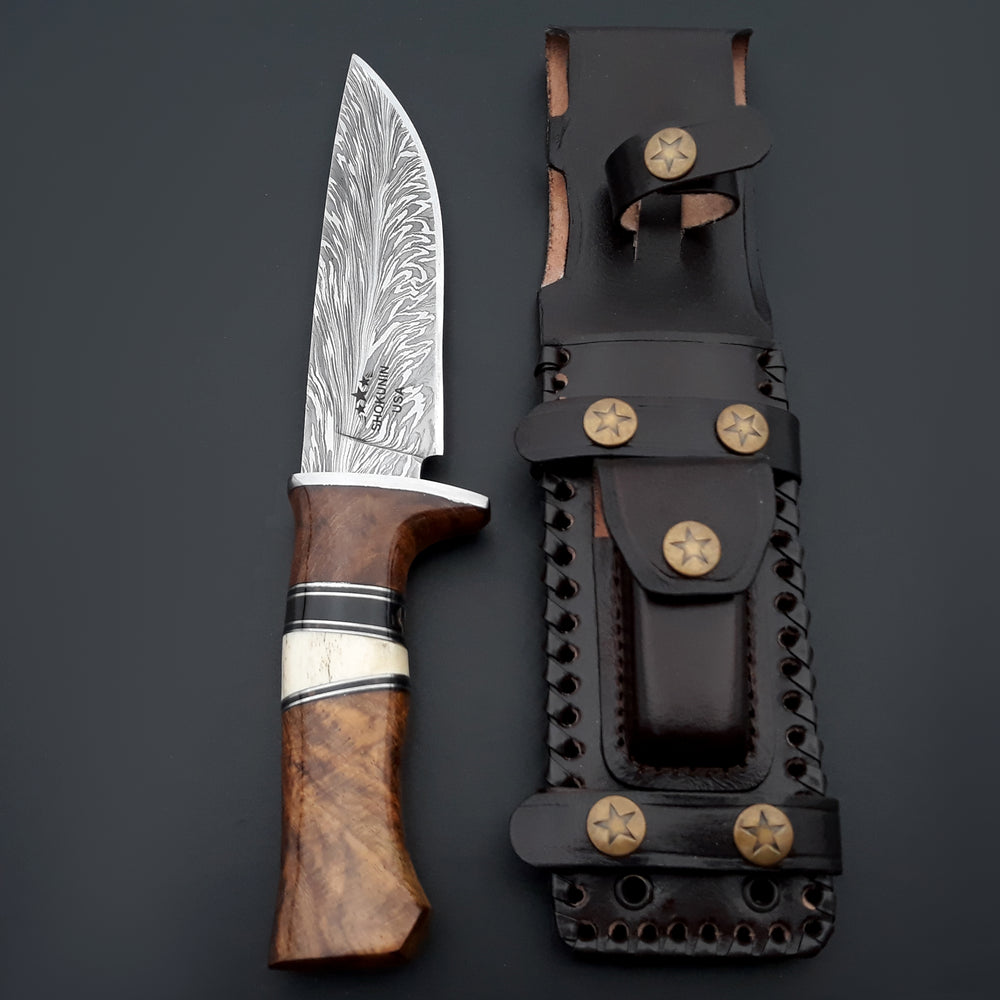
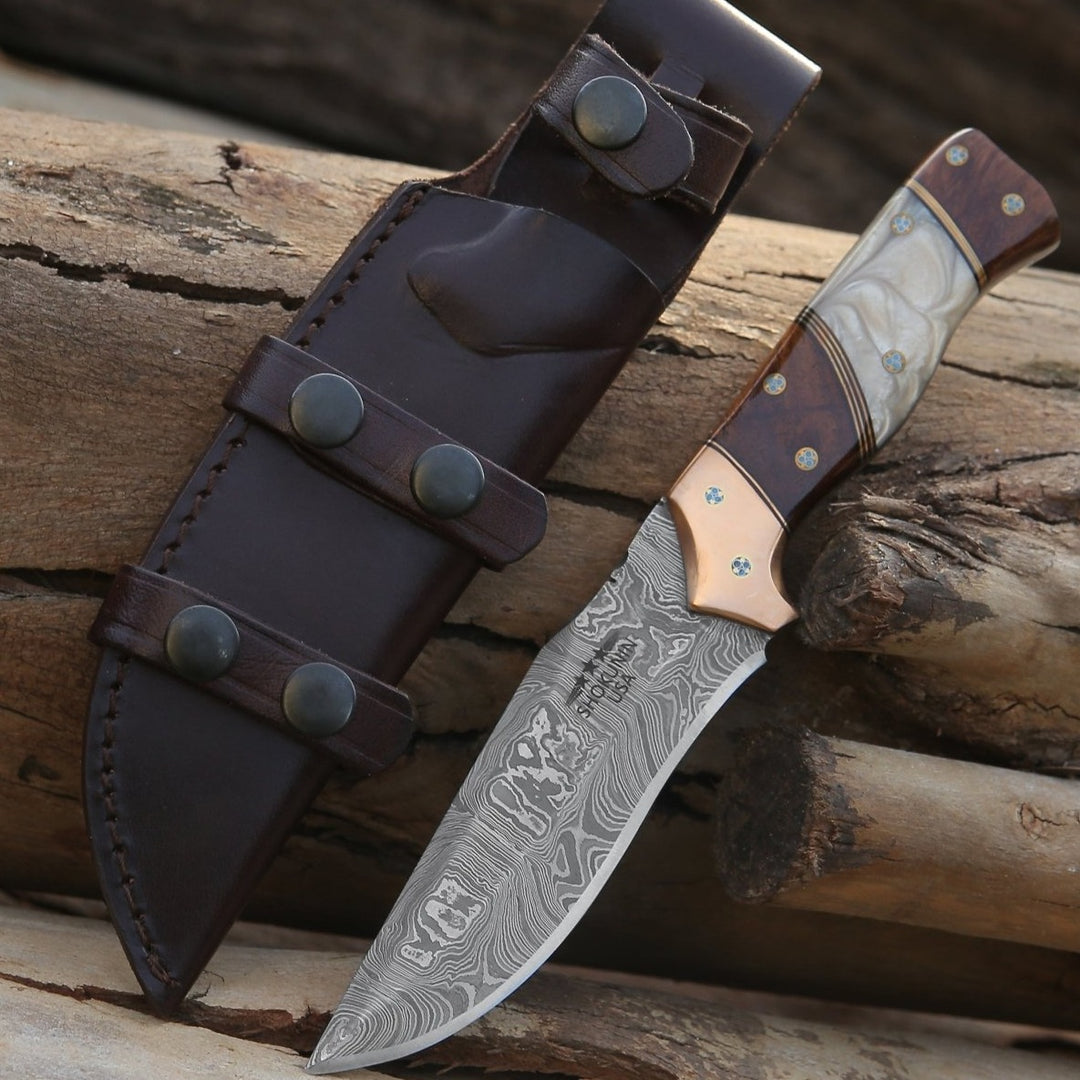
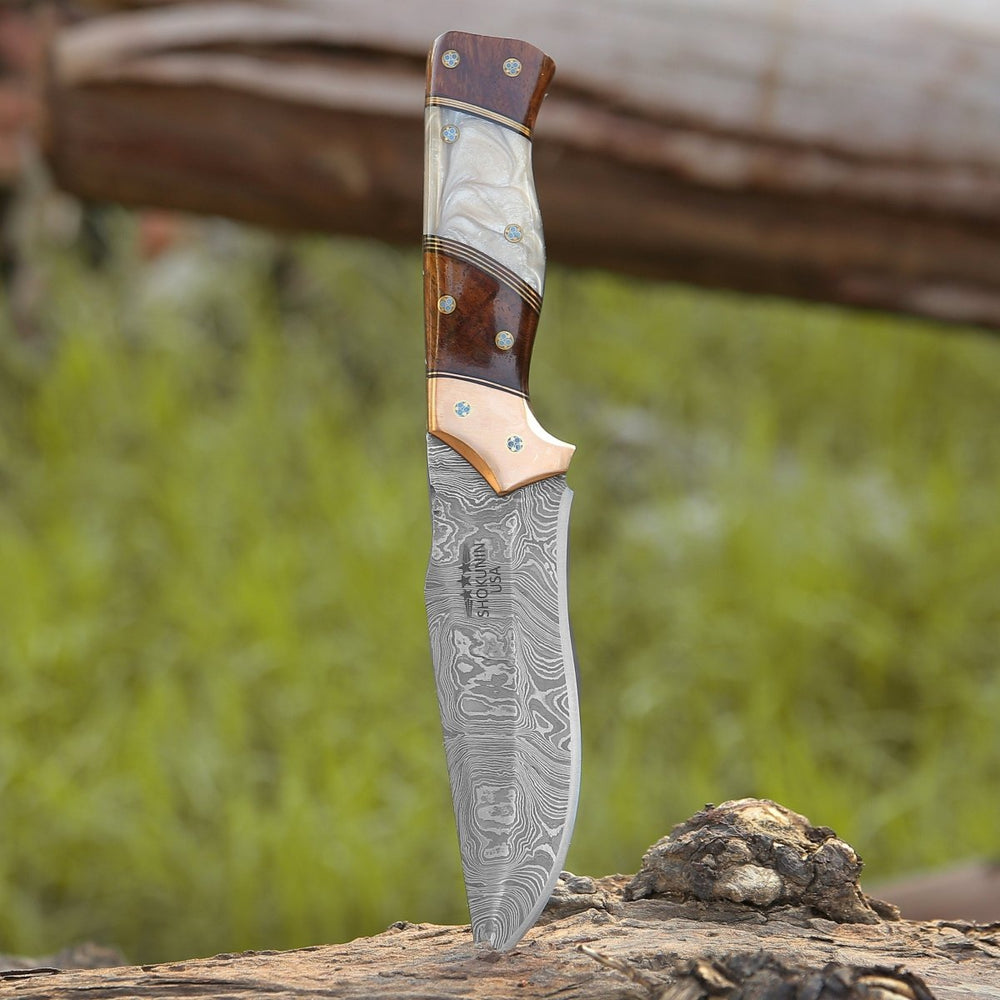
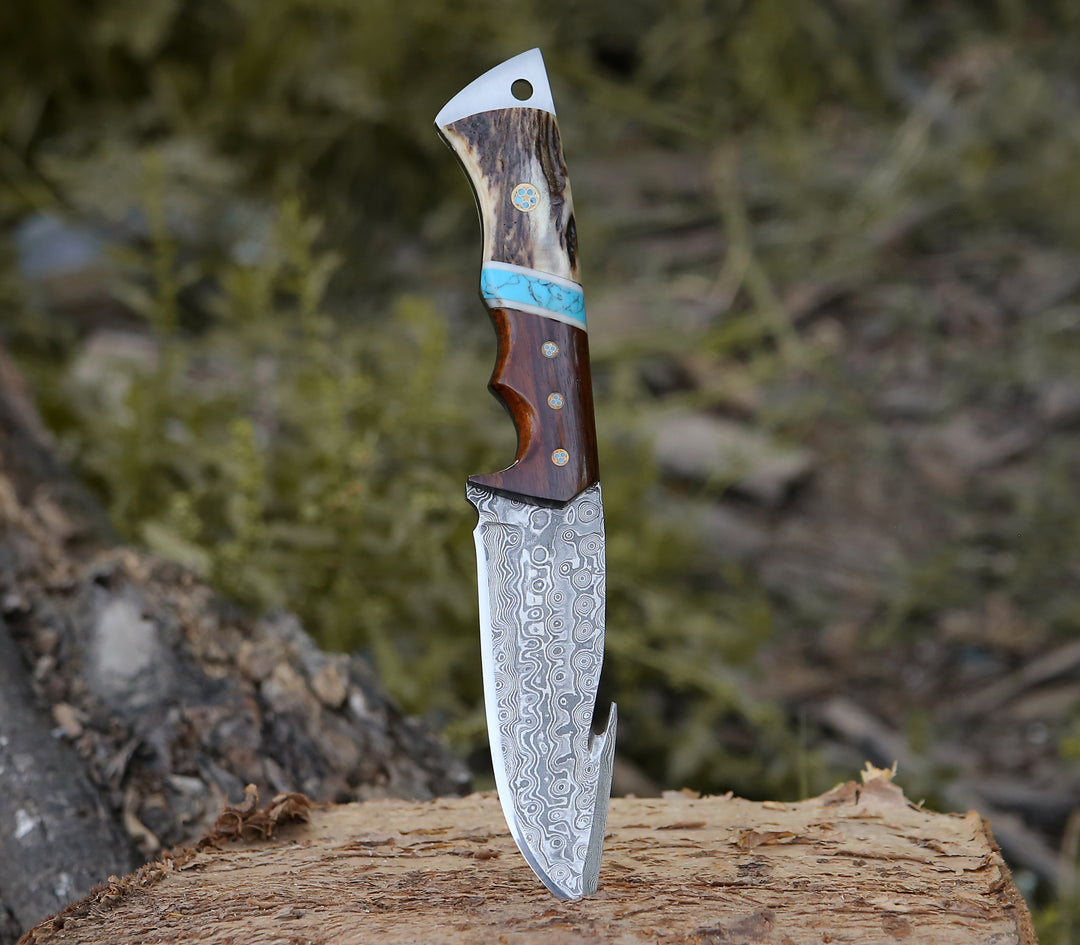
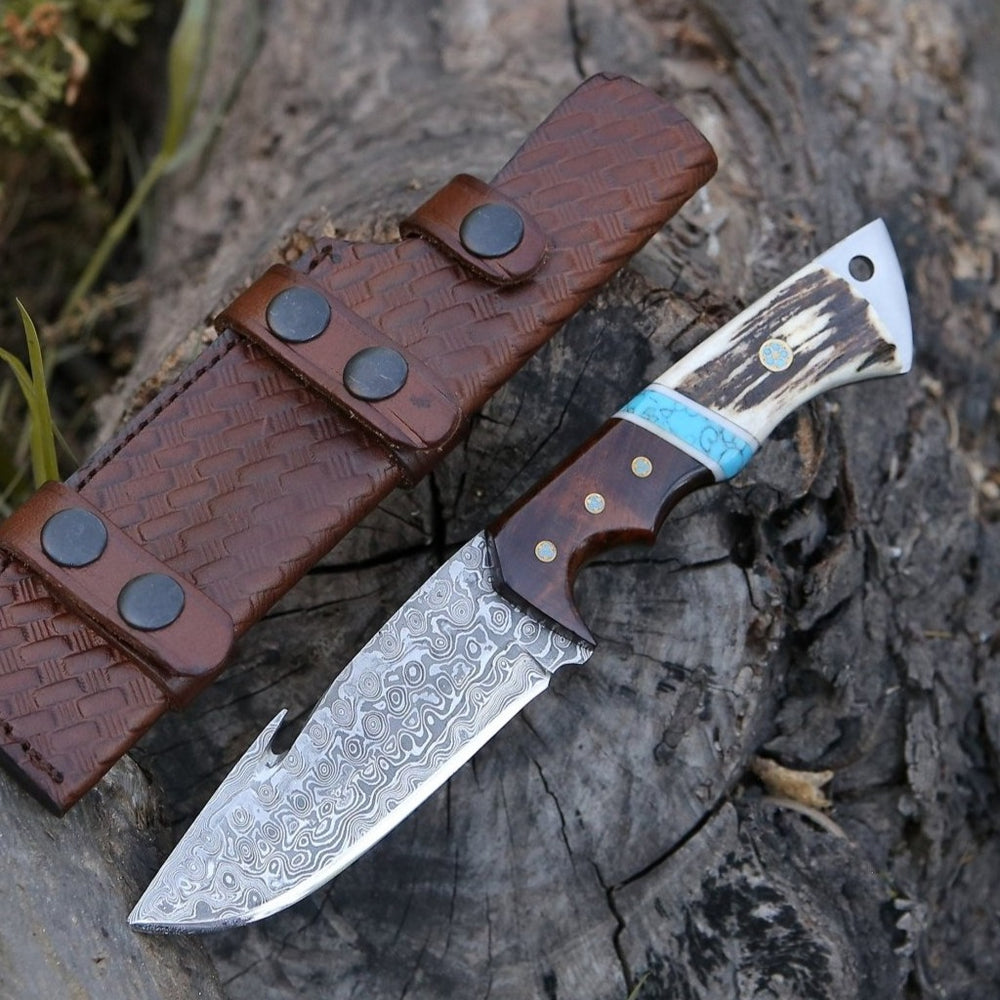
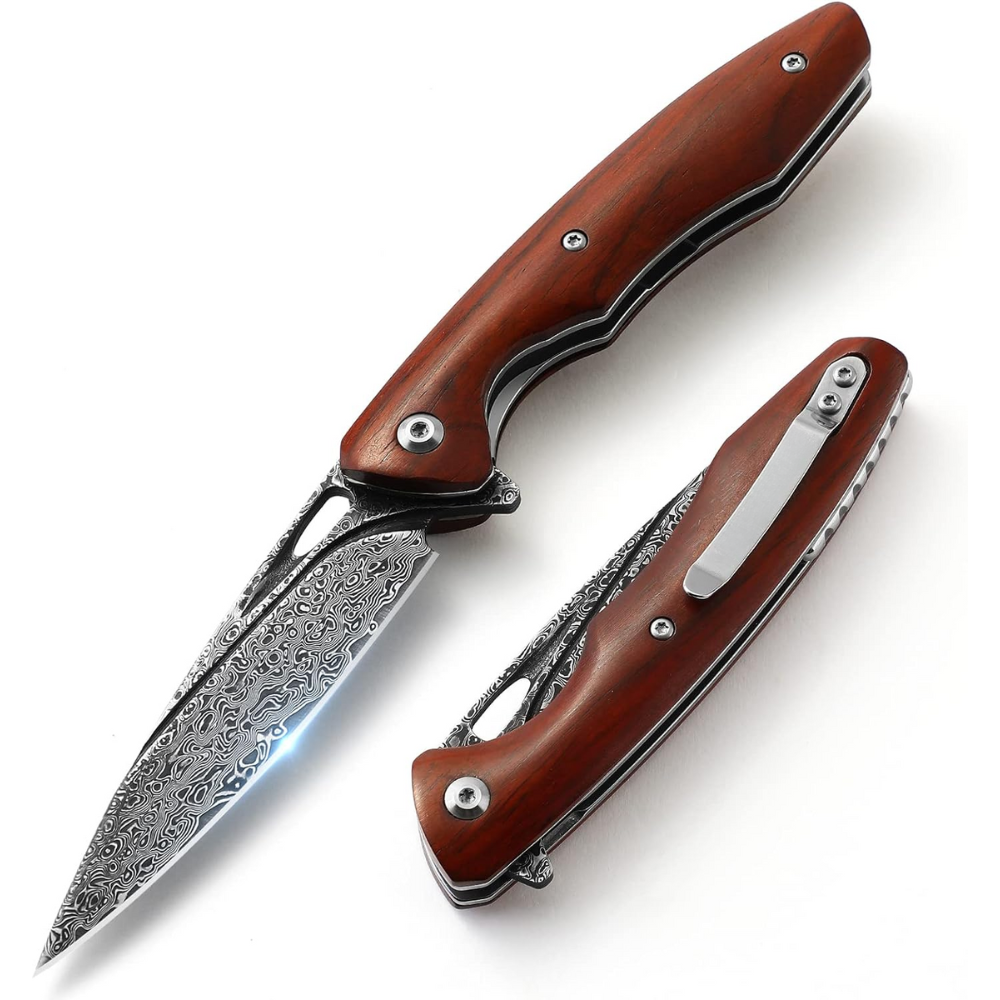
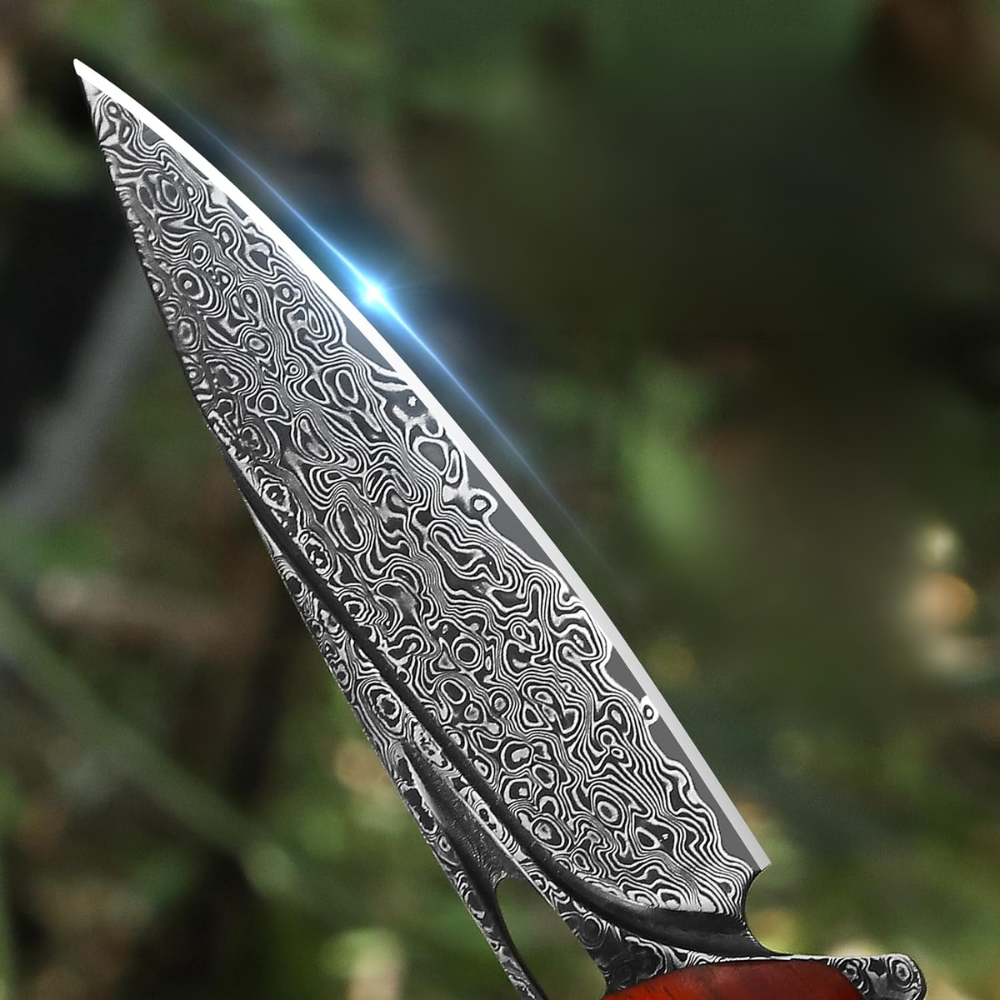
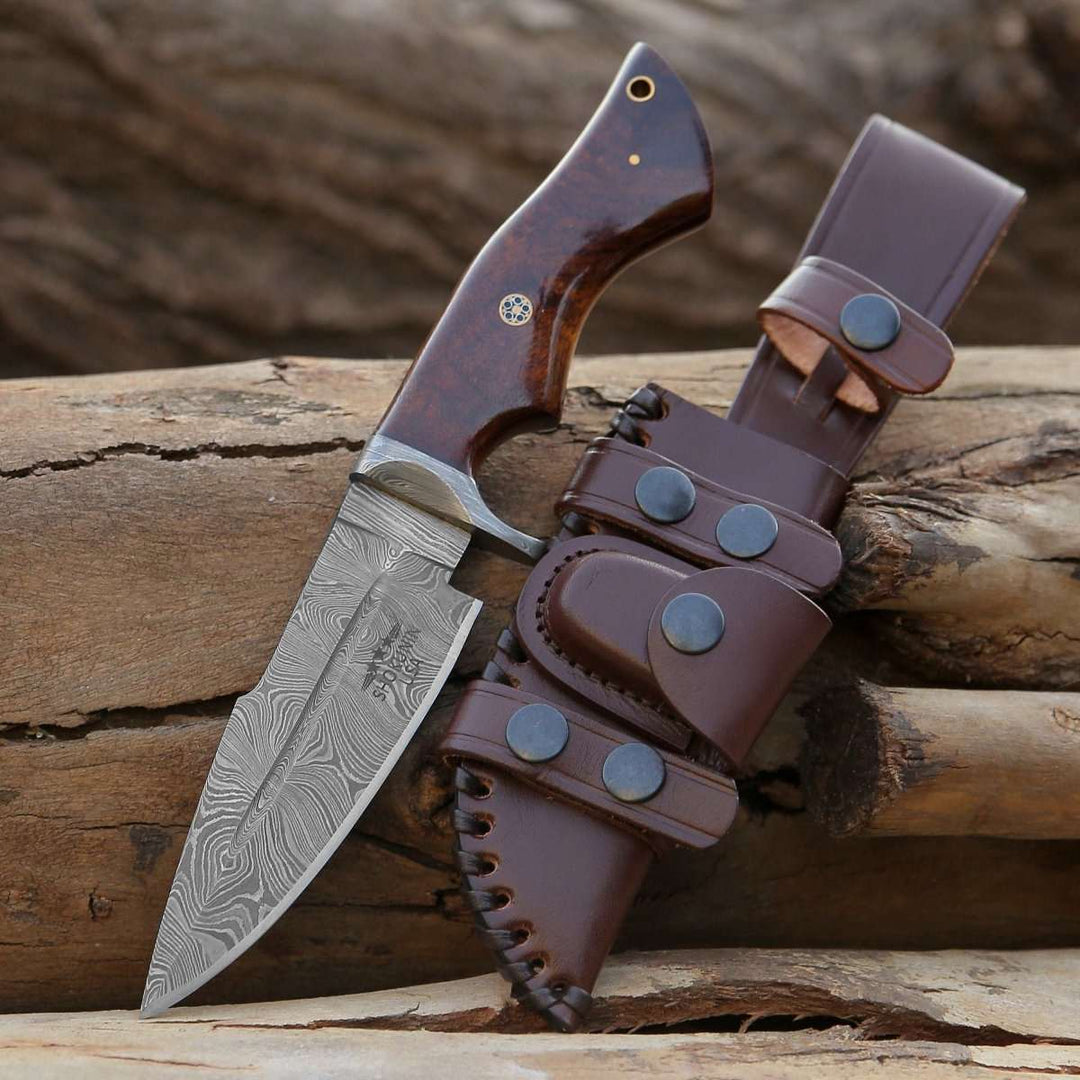
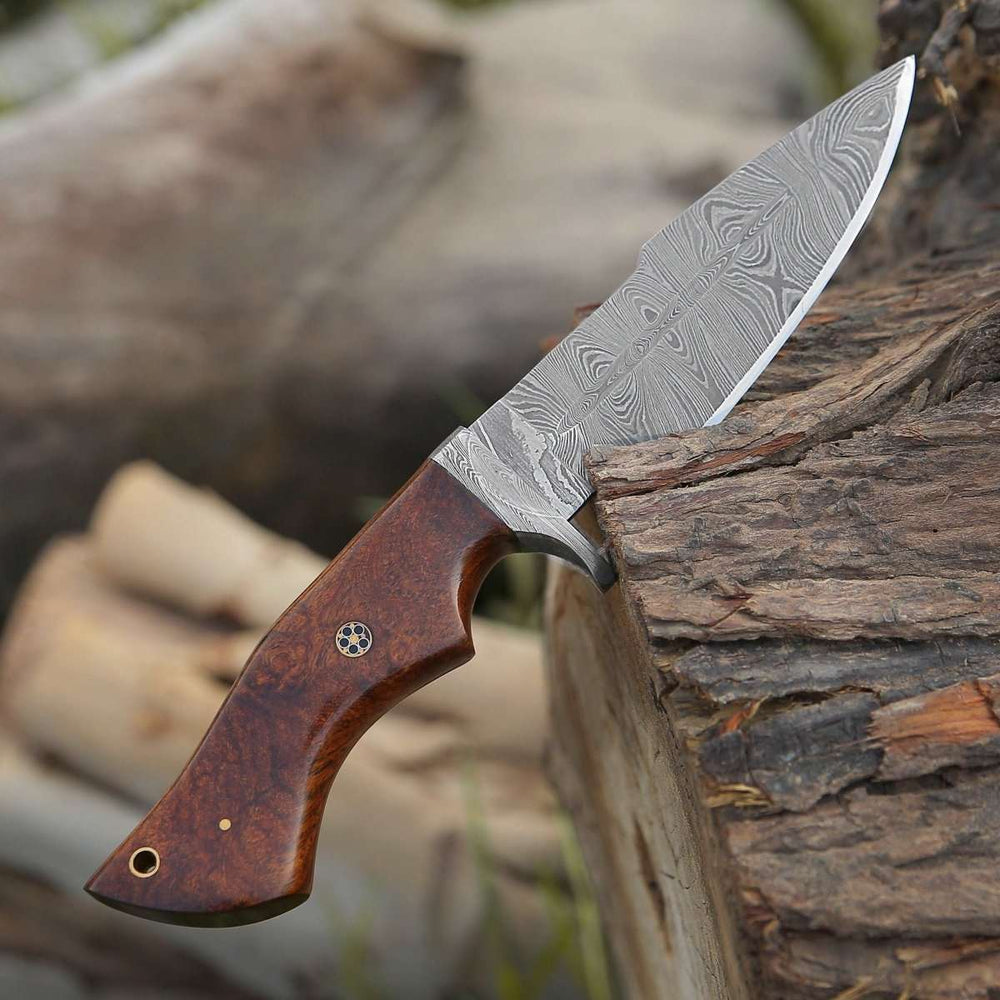
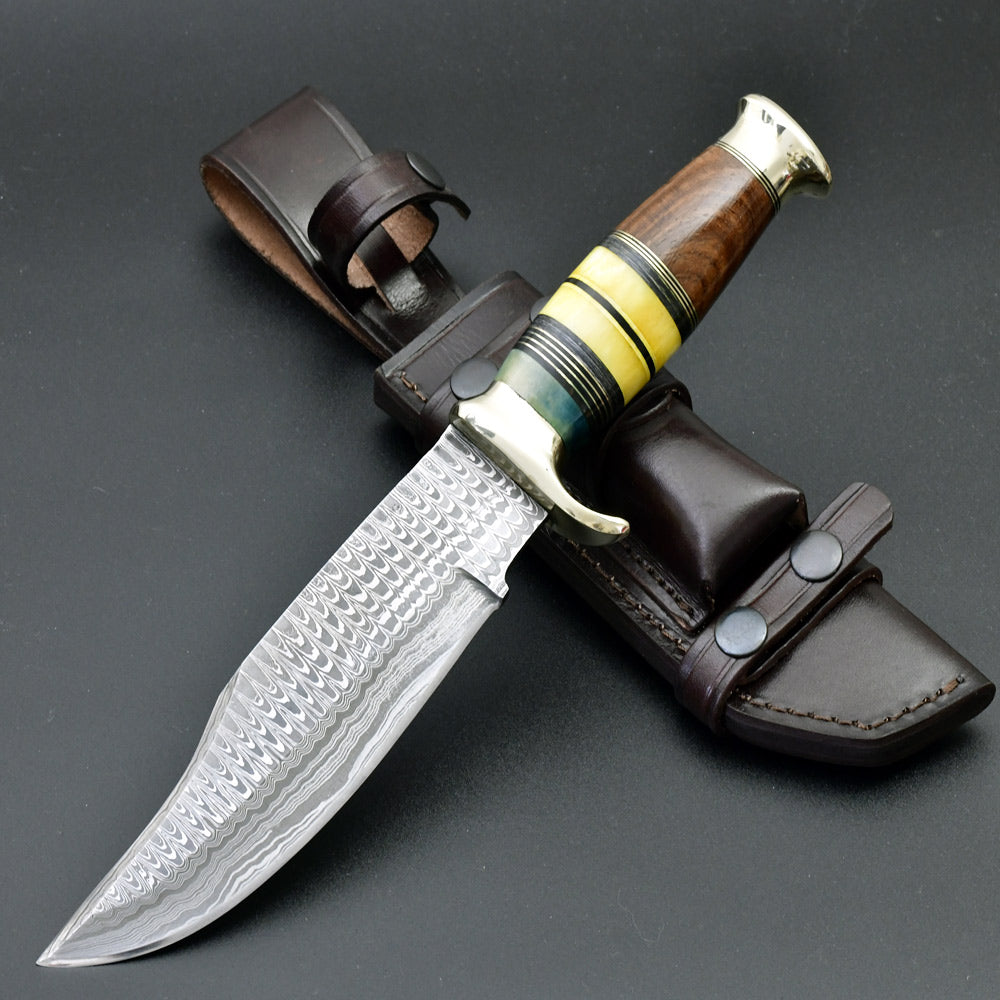
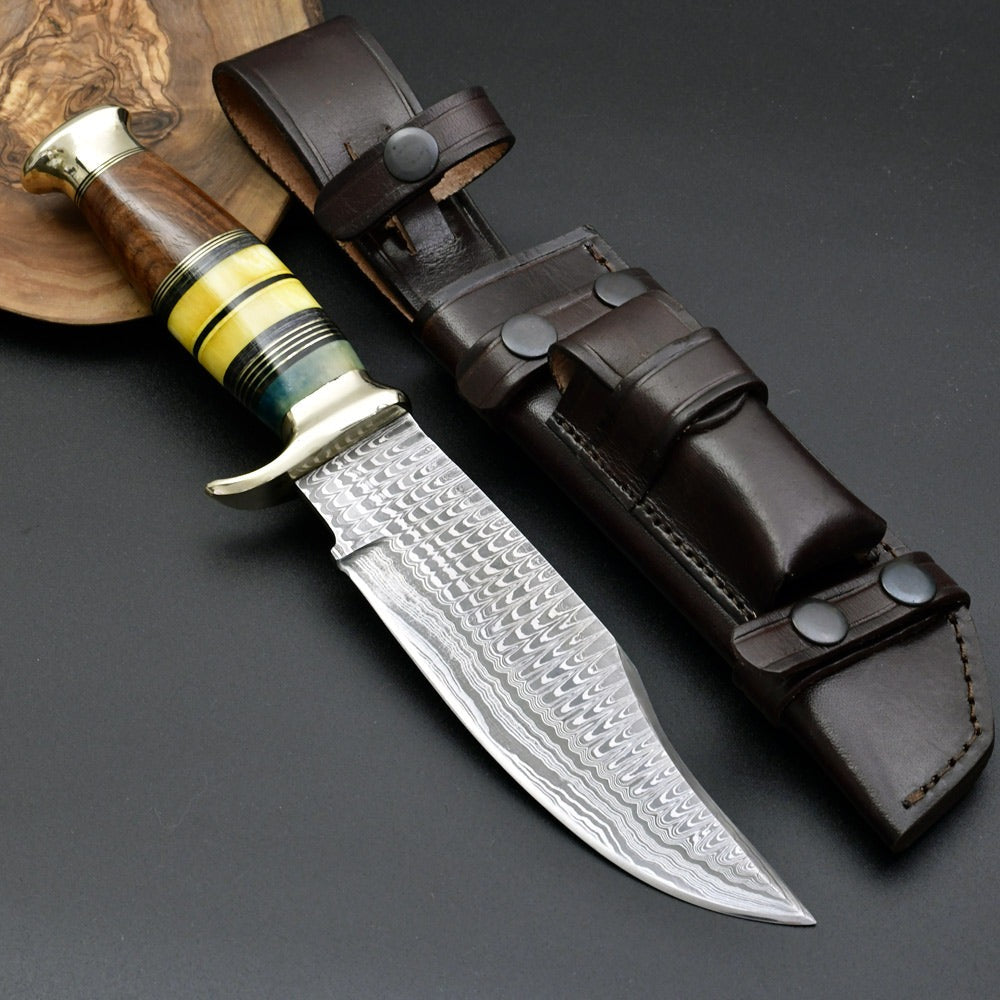
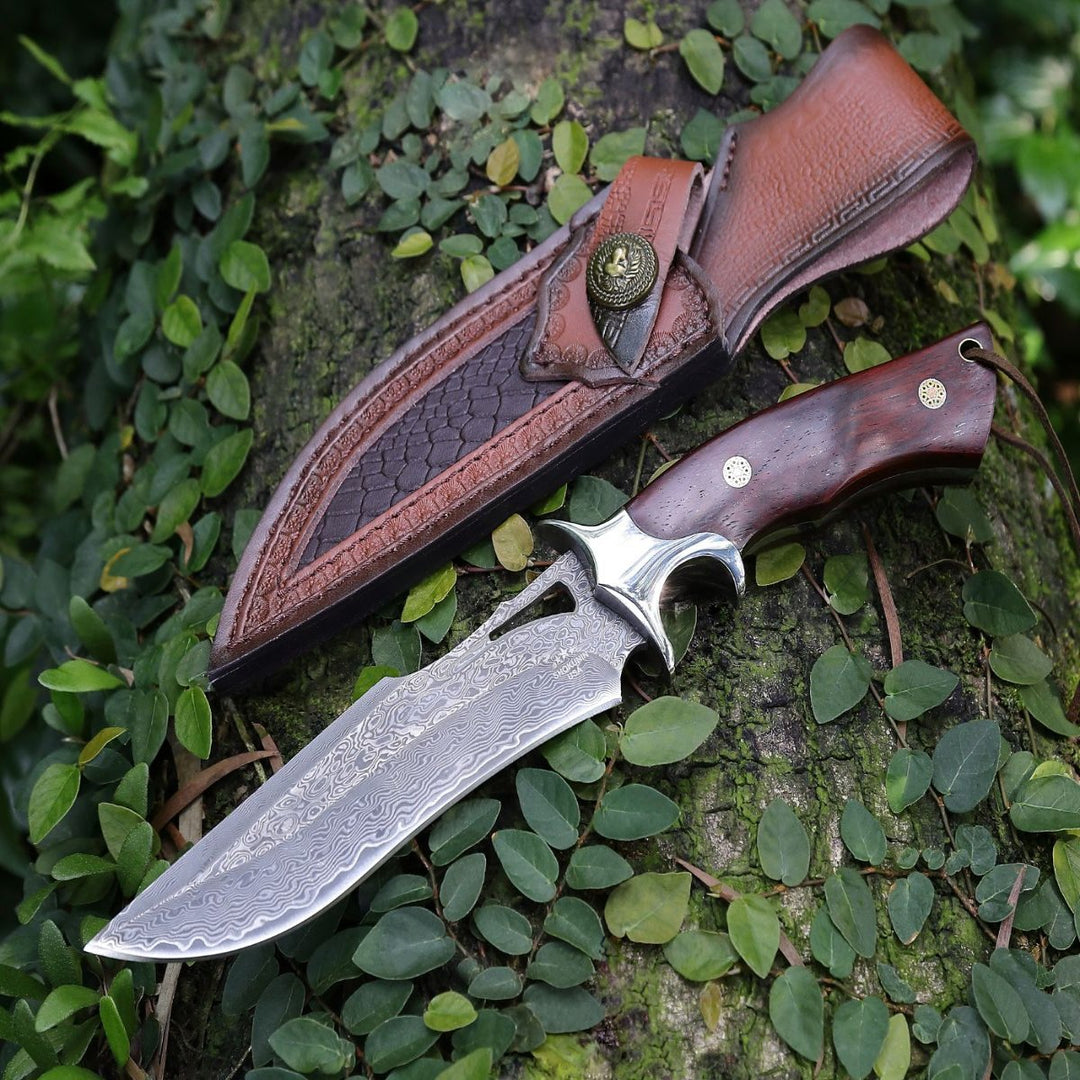
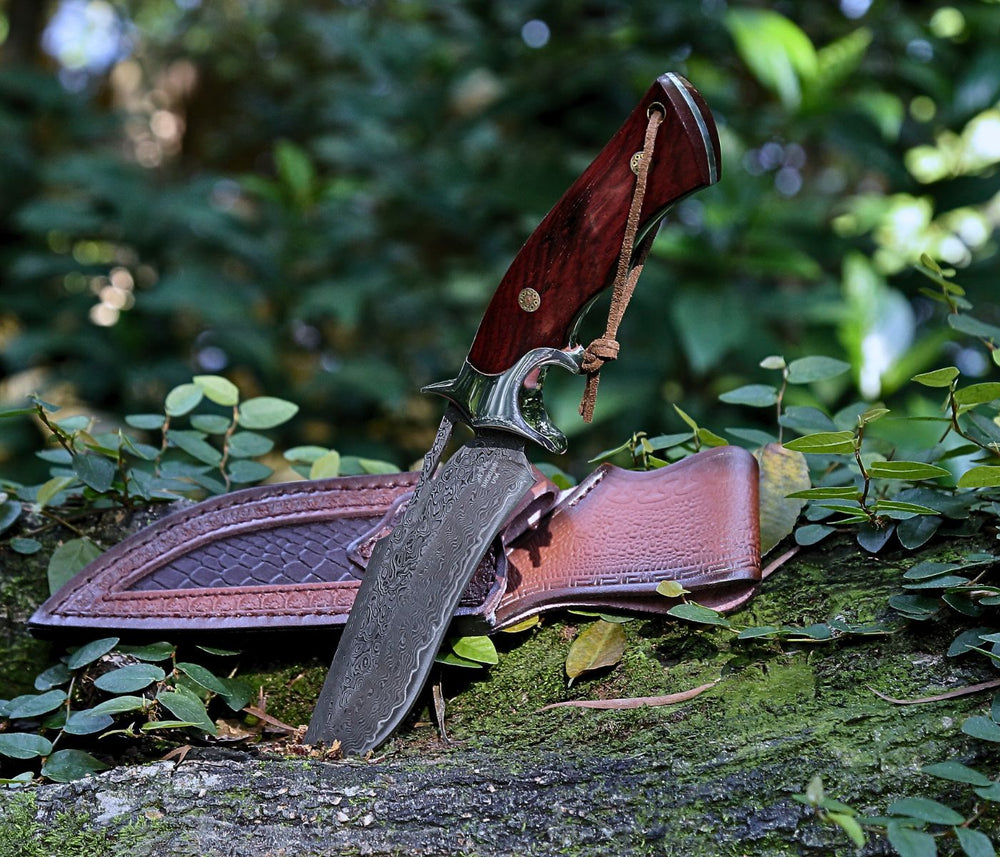
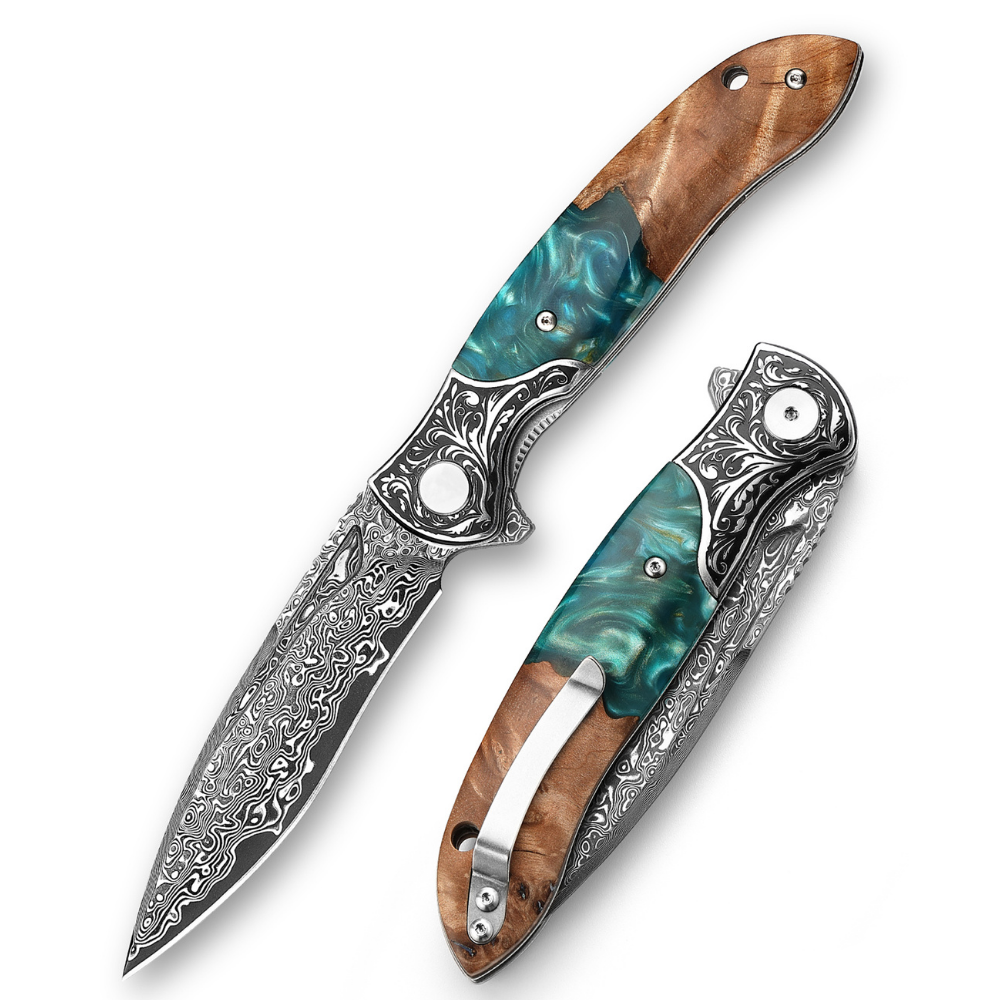
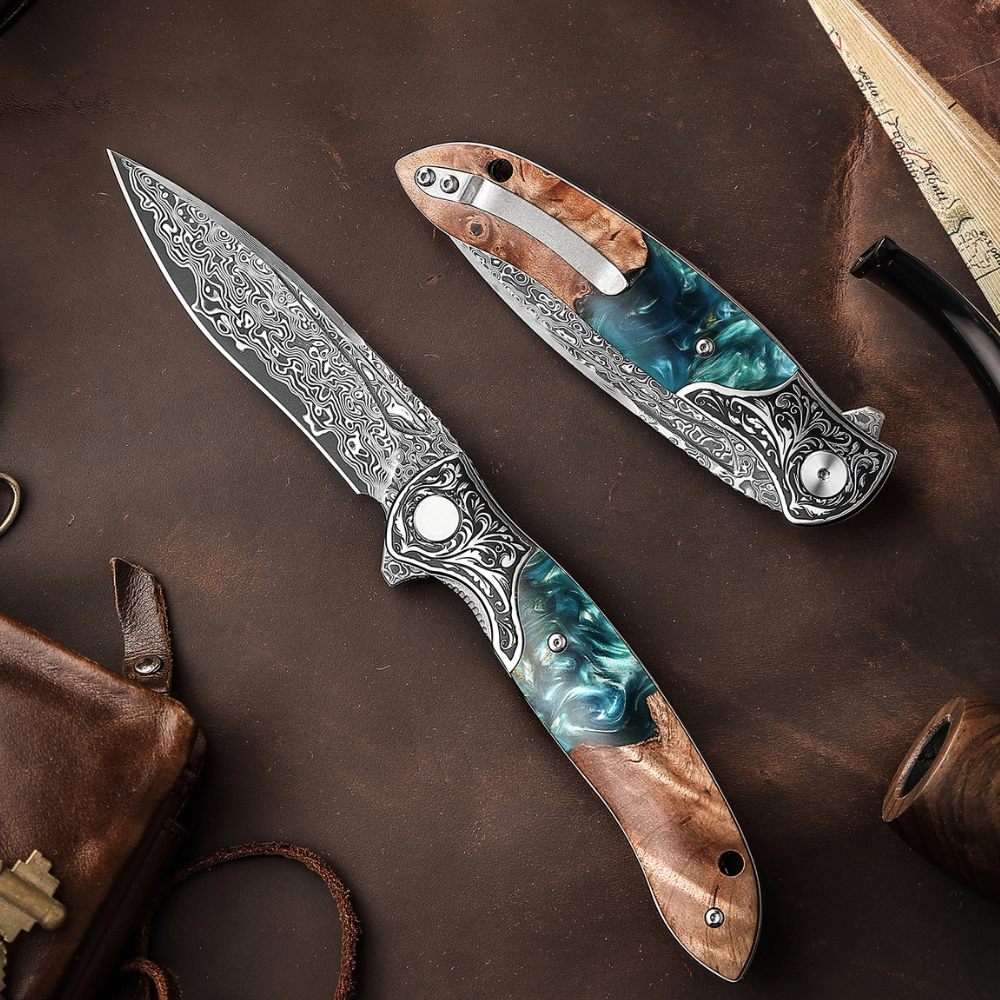
Leave a comment